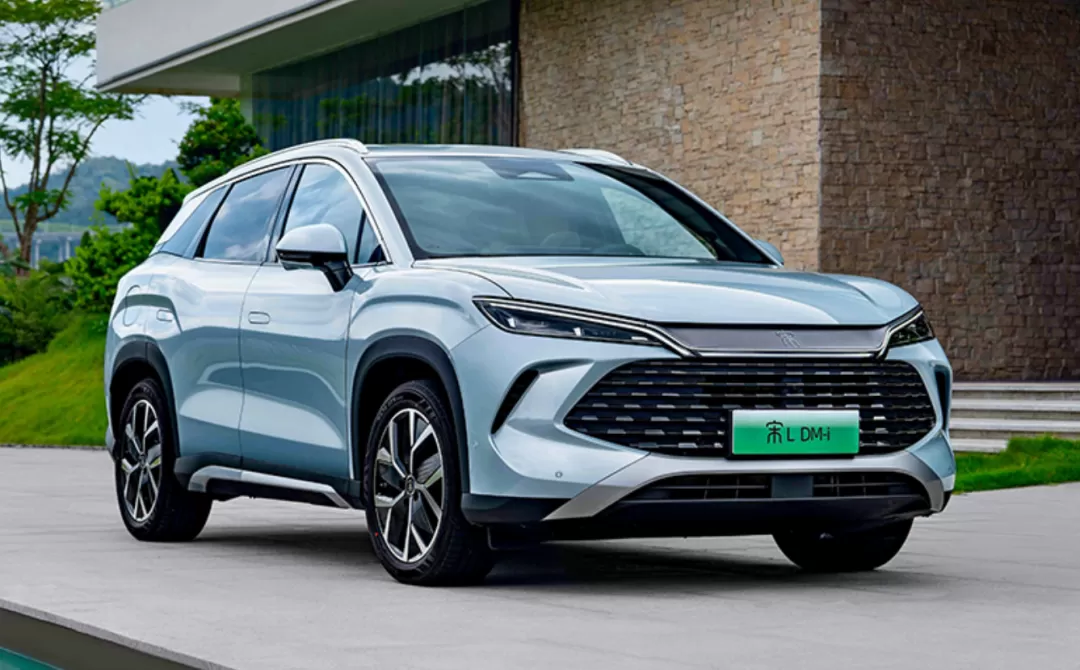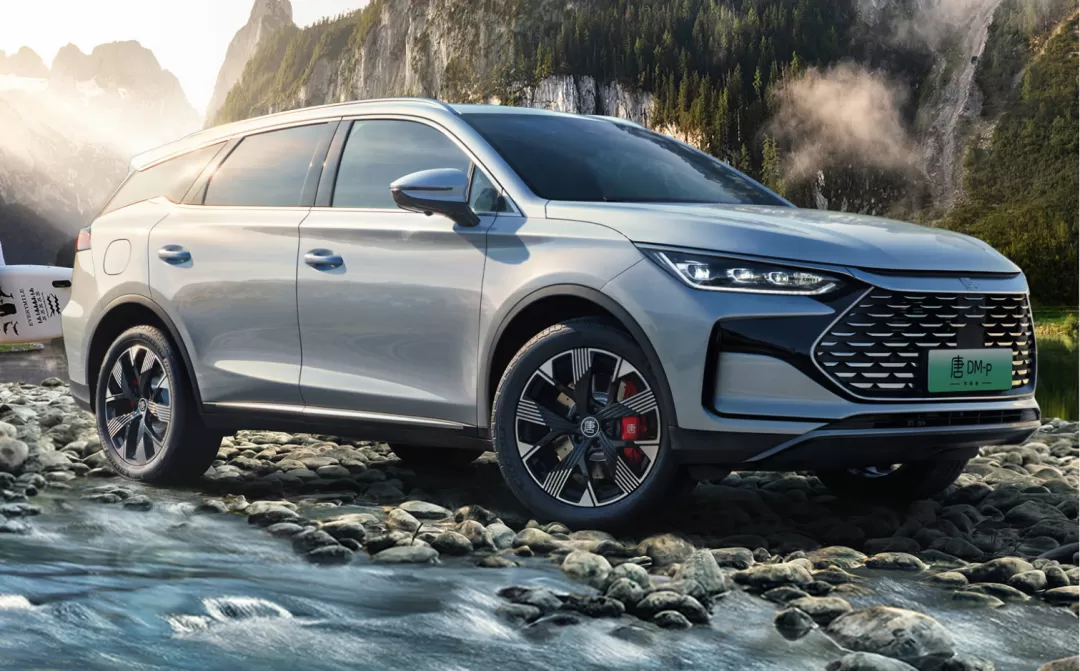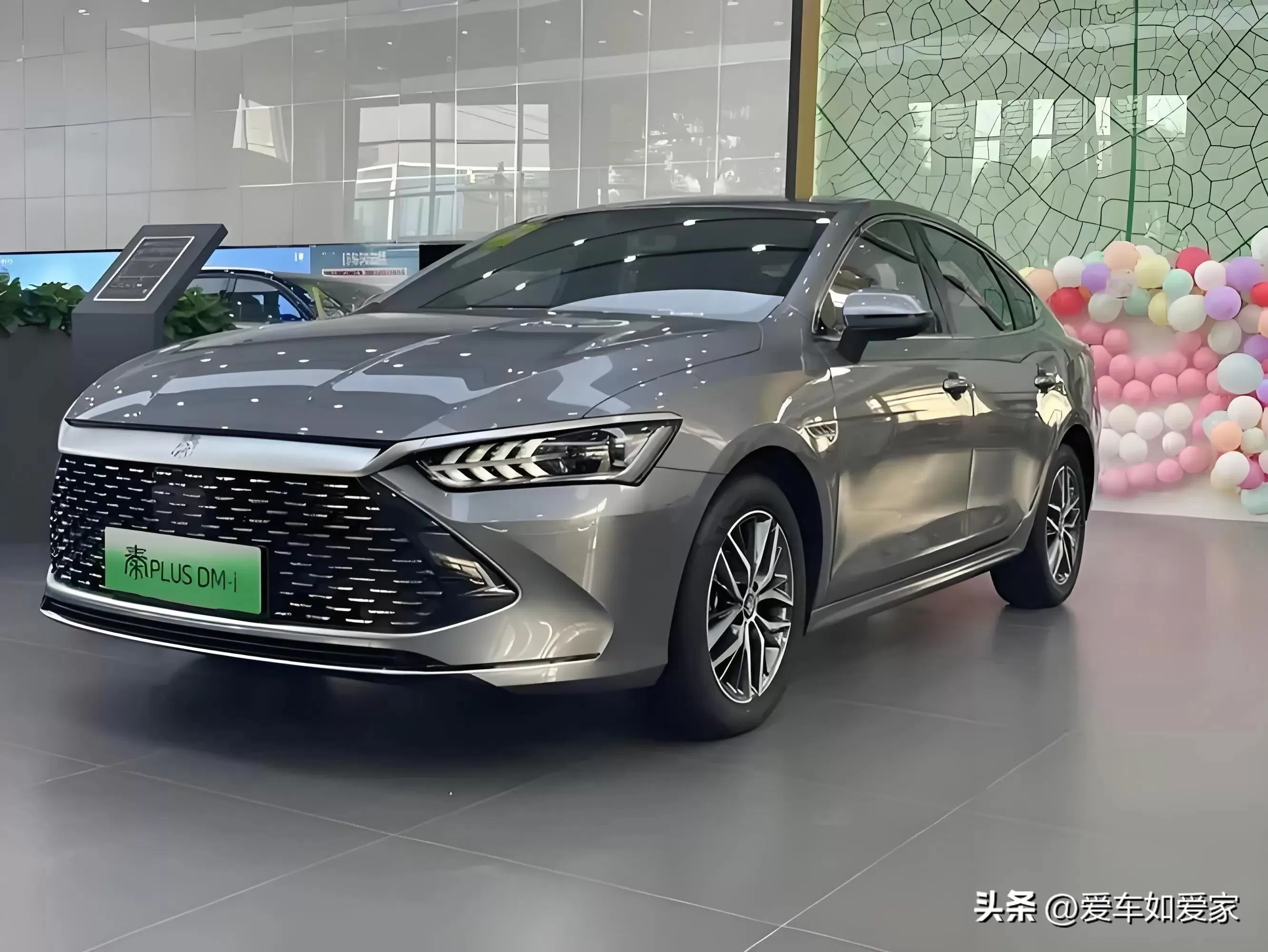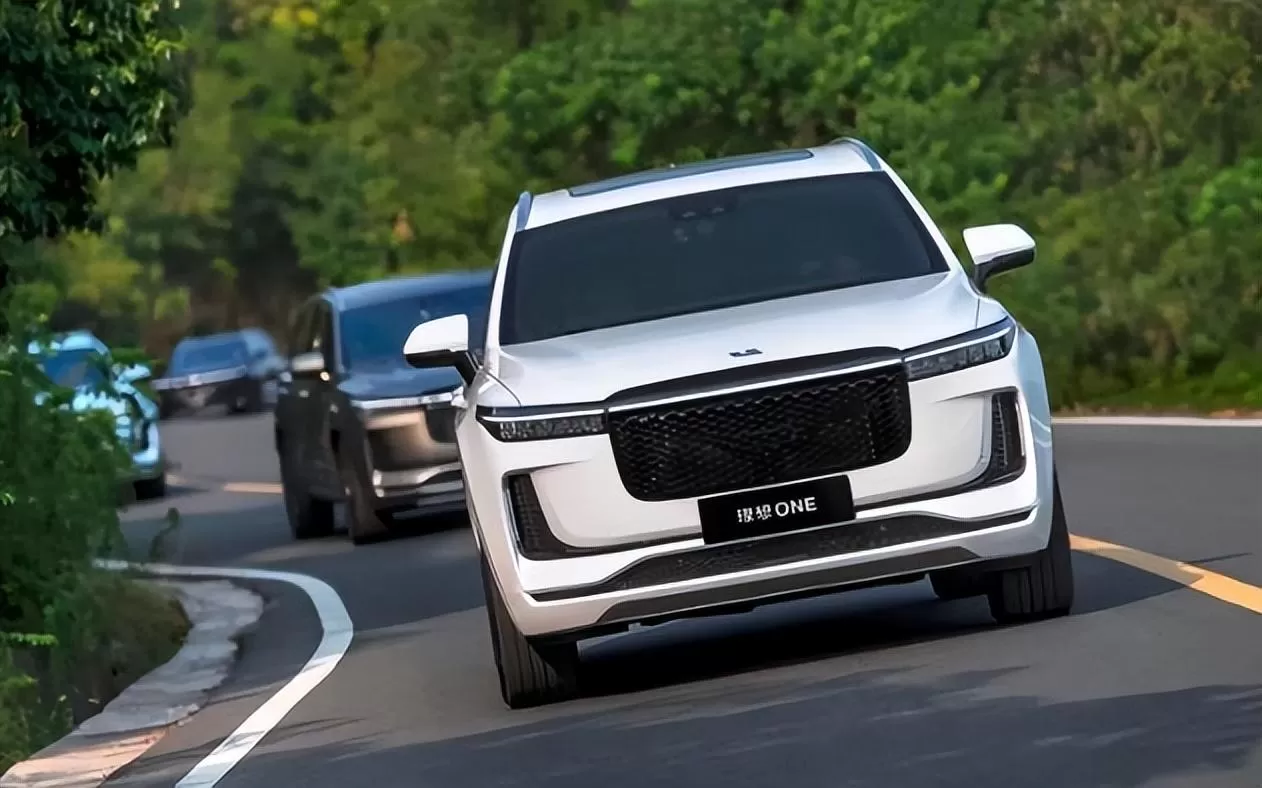Do you think that selling a car brings in a lot of money?
I used to think so too, until I recently came across some data and realized that BYD's profit per vehicle is only 8.450 yuan, far from the "huge profit" we imagined.
According to data from Yiche and public financial reports, in the first half of this year, BYD sold 1.613 million vehicles, making it the highest-selling brand among the ten mainstream domestic brands.
With such high sales, one would expect massive profits, right? In reality, BYD’s net profit for the first half of the year was 13.631 billion yuan, which means that each car sold only brought in about 8.000 yuan (or 0.85 million).
Some may find this hard to believe. After all, BYD isn’t a newcomer to the industry. They’ve been making cars for years and are becoming more and more well-known. Yet, their profit per car is lower than that of their “old buddies” like Great Wall Motors and Geely Group, which leaves many scratching their heads.

Upon closer examination, though, this situation isn’t all that surprising when it comes to BYD.
You have to know that BYD is famous for heavily investing in research and development (R&D). While their sales are high, their expenses are also massive. With such significant spending, it’s no wonder their profit per vehicle is lower.
If this explanation isn’t clear enough, let me break it down further.
Profit Fails to Match Sales—Is BYD Just Playing Around?
I've never doubted BYD’s sales performance.
Looking at the first half of this year alone, selling 1.613 million vehicles is a dominant number among domestic brands.
To give you some context, BYD’s sales volume surpasses the combined sales of Great Wall Motors, Geely Group, and Li Auto in the same period.
So, there’s no need to elaborate further on BYD’s sales—one word: strong!
However, BYD isn’t always "strong."
When we shift our focus to their net profit, it becomes apparent that the 13.631 billion yuan net profit doesn’t match their total sales of 1.613 million vehicles.
With a profit per vehicle of only 8.450 yuan, if this were a new automaker just entering the market, it would be understandable to have low initial profits.
But BYD has been around for many years, thriving domestically and internationally. The low profit margin seems a bit unreasonable.
The reasons behind this come down to two possibilities: either BYD doesn’t care about profits and is just in it for the participation, or there’s something else going on.
I don’t think there’s a businessman who doesn’t want to make money, and BYD is no exception. So, the idea that they’re just "playing around" is impossible.
The most likely reason is that BYD spends too much, which cuts into their profit margin.
Where Does BYD Spend All Its Money?
BYD is known for its extensive spending in the auto industry. Although their sales are high, their expenditures are equally impressive.
So, where does all this money go? Just look at their R&D investment.
From 2011 to now, for 13 out of the past 14 years, BYD’s R&D spending has exceeded its net profit, sometimes even doubling it in the same period.
I’ve mentioned BYD’s R&D investments before. In the first half of this year, BYD’s R&D investment reached 20.2 billion yuan, up 42% year-on-year, meaning that every day, they burn through 110 million yuan in R&D.

If you compare R&D investment to net profit, BYD’s R&D spending in the first half of the year exceeded its net profit by about 6.6 billion yuan.
So far, BYD’s cumulative R&D investment has reached nearly 150 billion yuan. According to Wind data, among over 5.300 listed companies in the A-share market, BYD ranks first in R&D expenses, earning it the title of the "R&D King" of A-shares.
Therefore, BYD’s R&D investment is far ahead of other mainstream car companies.
If you still don’t believe me, just calculate it yourself. As I’ve said before, BYD’s R&D investment is almost equal to that of Great Wall, Li Auto, Geely, and Changan combined.
To put it bluntly, BYD’s R&D spending in the first half of the year alone is more than three times that of Great Wall and over four times that of Geely.
Breaking the Profit Distribution Model—BYD Is Pretty Bold!
BYD’s bold spending also brings many benefits to the industry.

BYD has a strong R&D gene and an engineering-focused mindset, with over 90.000 engineers deeply involved in core technology fields. Nearly 80% of its R&D staff are engineers.
The results of such a powerful R&D team are evident. Take this year as an example.
In 2024. BYD has released its fifth-generation DM technology, the Tian Shen Zhi Yan intelligent driving system, e-platform 3.0 evo, IGBT 6.0. and SiC technology. These are all industry-leading technologies that have the potential to transform the landscape.
This not only enhances BYD’s competitiveness in both domestic and international markets but also reduces production costs, making cars more affordable.
In simpler terms, joint venture brands’ previous dominance over Chinese consumers through "technology" is now fading, thanks to BYD's advancements. They’ve enabled domestic brands to achieve technological parity on their own.
By competing with international brands using cutting-edge technology, BYD offers more cost-effective products to Chinese consumers, adopting a strategy of low margins and high volumes.

In doing so, BYD is essentially reshaping the profit distribution model of the industry.
Conclusion
Among the many domestic brands, there are plenty of bold claims about "spending at all costs on R&D," but in reality, few have the independent R&D capabilities and the willingness to heavily invest, like BYD.
We must admit that in terms of R&D investment, BYD is one of the few "doers" out there.
Of course, I don’t think BYD is "losing money for fame." On the contrary, this strategy may very well lead to massive profits for them. With low margins and high volumes, plus the potential advantages brought by massive R&D investments, BYD is well-positioned to generate substantial and continuous profits.






